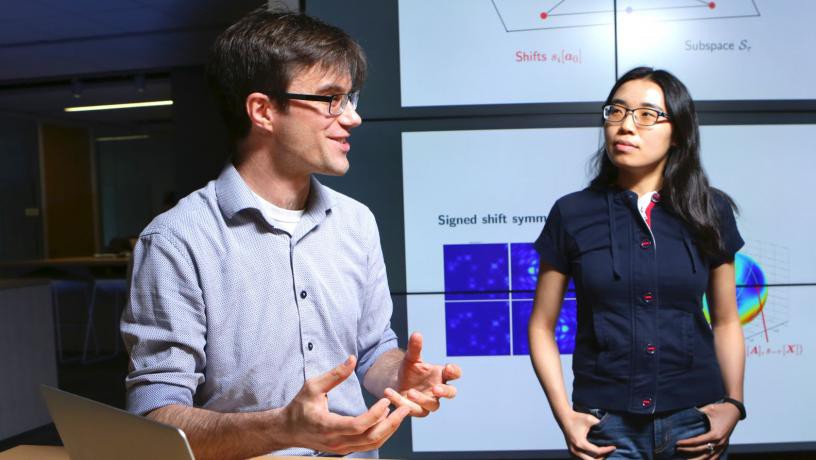Wright brings this big-picture approach to his role as head of the Transdisciplinary Research in Principles of Data Science (TRIPODS) Institute. Based at the Data Science Institute, TRIPODS gathers researchers across disciplines to devise methodologies for processing and analyzing data on a massive scale, through research and educational initiatives (including graduate-level curricula).
Wright’s collaborations have already produced knowledge discovery in areas like physics, materials science, and public health. Ongoing projects include data analysis with scientists from the Laser Interferometer Gravitational-Wave Observatory (LIGO), which recently made the first, Nobel Prize–winning detection of gravitational waves, and with Electrical Engineering Chair Peter Kinget on developing low-power circuits allowing cell phones to tap into unused wireless spectrum without draining their batteries.
Looking to the future, Wright is excited to tackle theory and applications of deep learning and to branch out into areas such as neuroscience.
“We’re building a language and tool set that enables practitioners to express problems and develop effective methods whose properties are clearly understood,” he says. “We dare to hope for new things.”
Original article is here.

